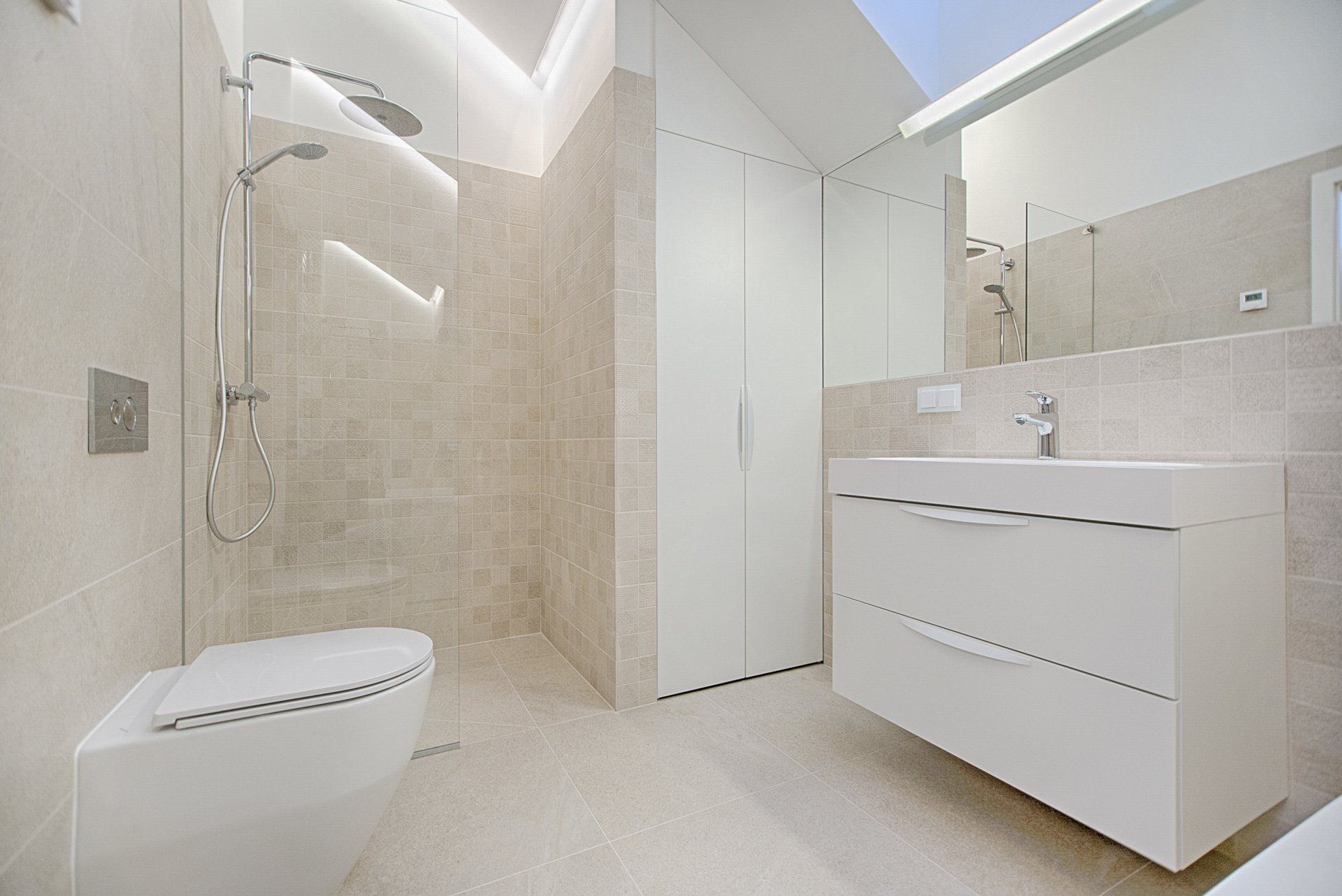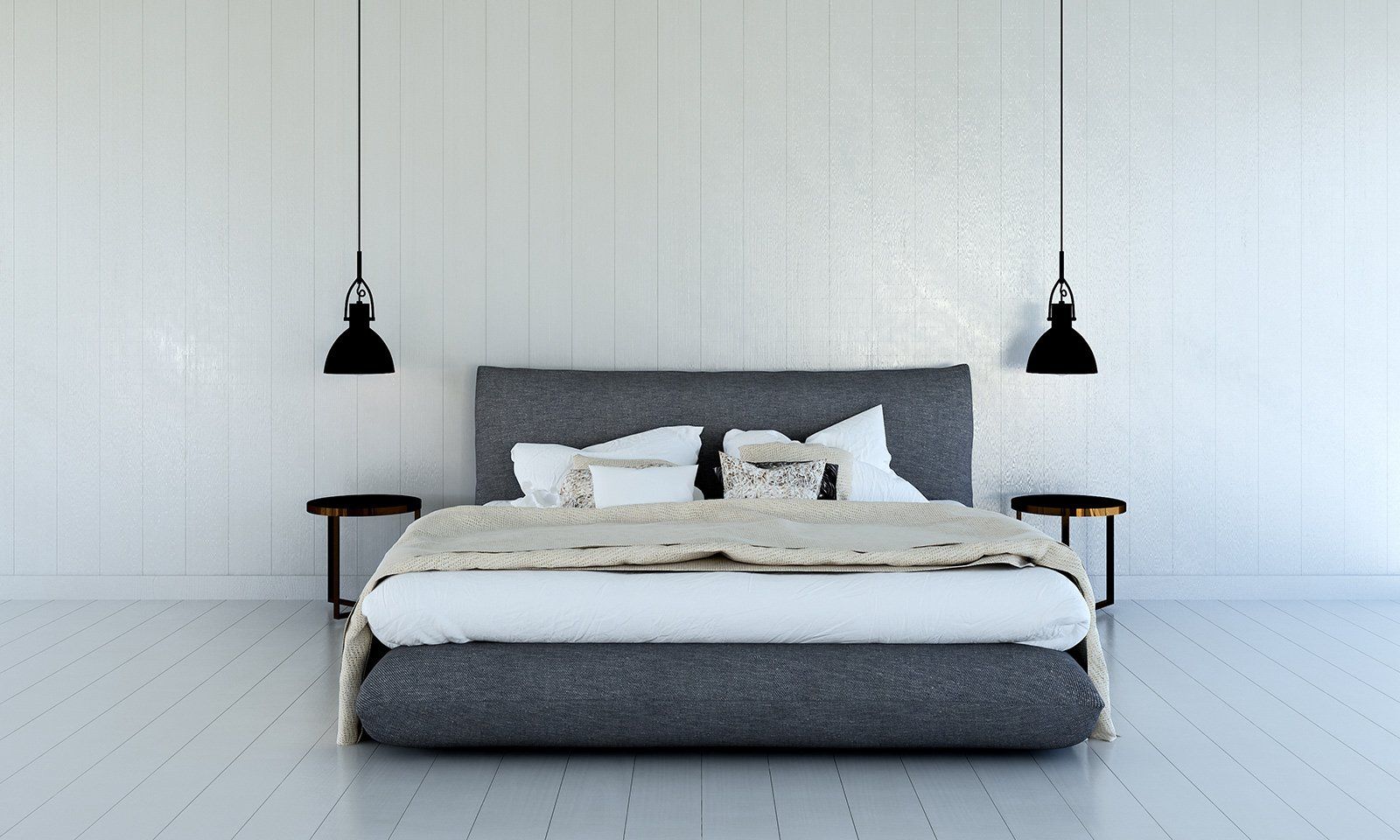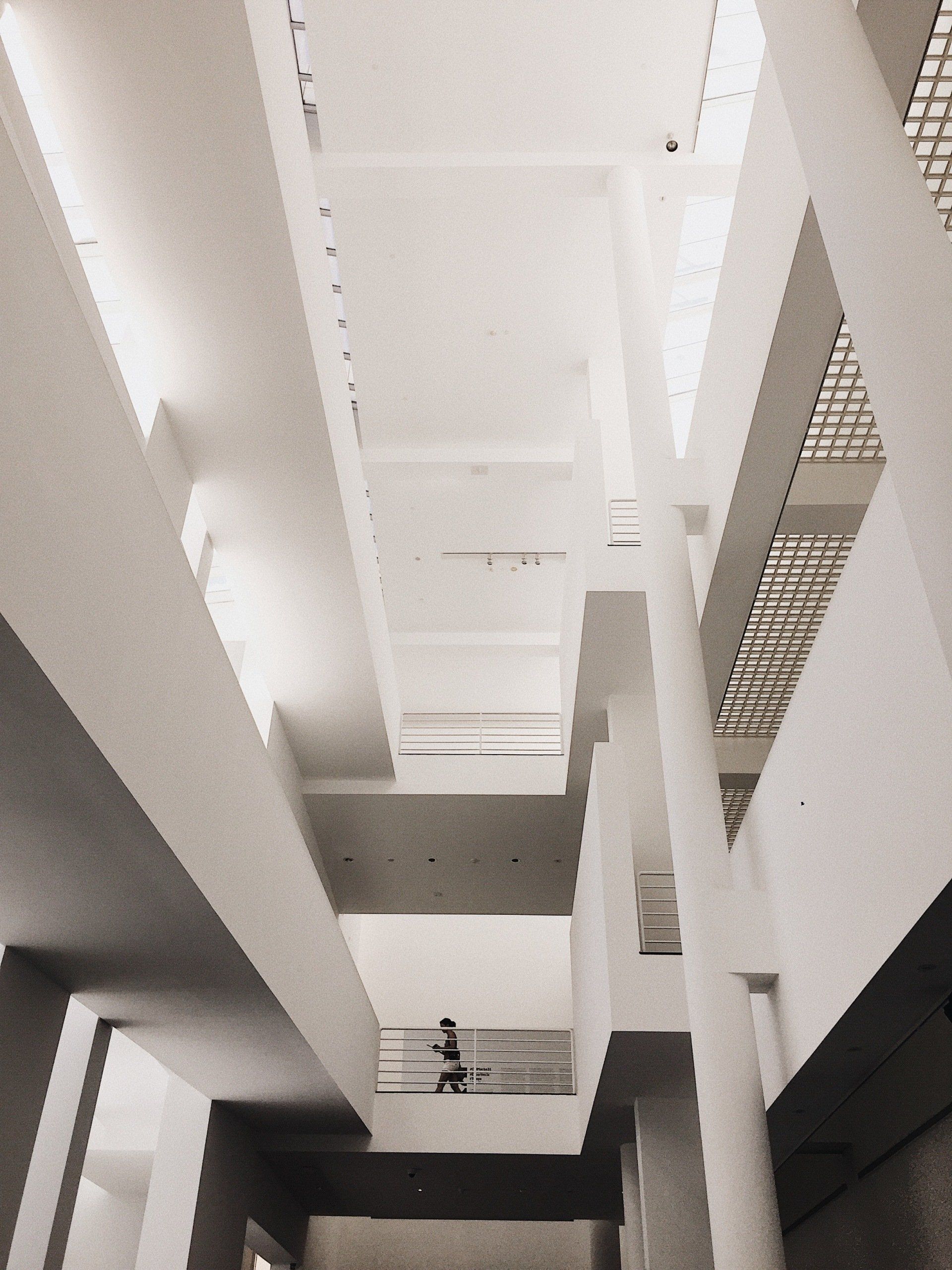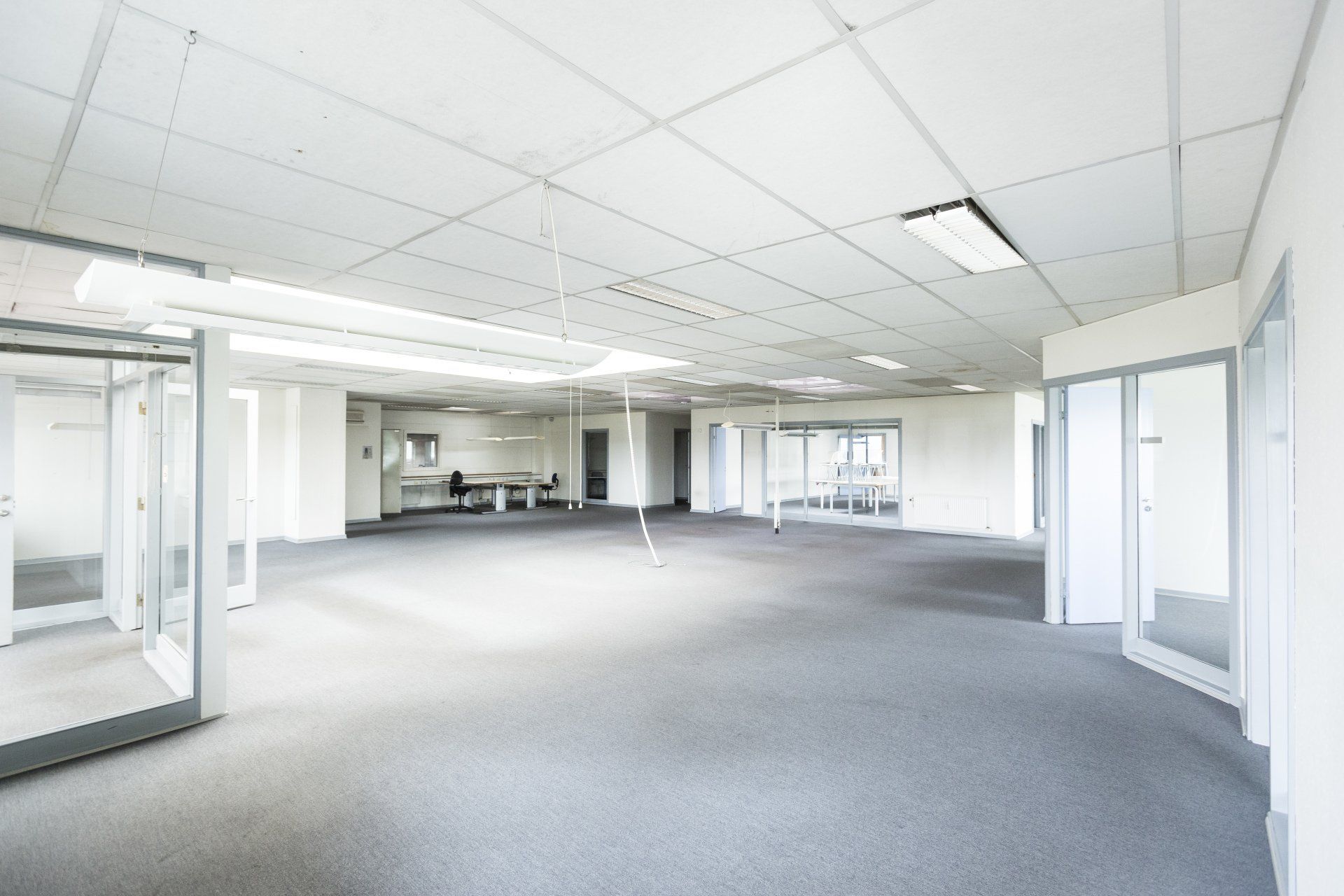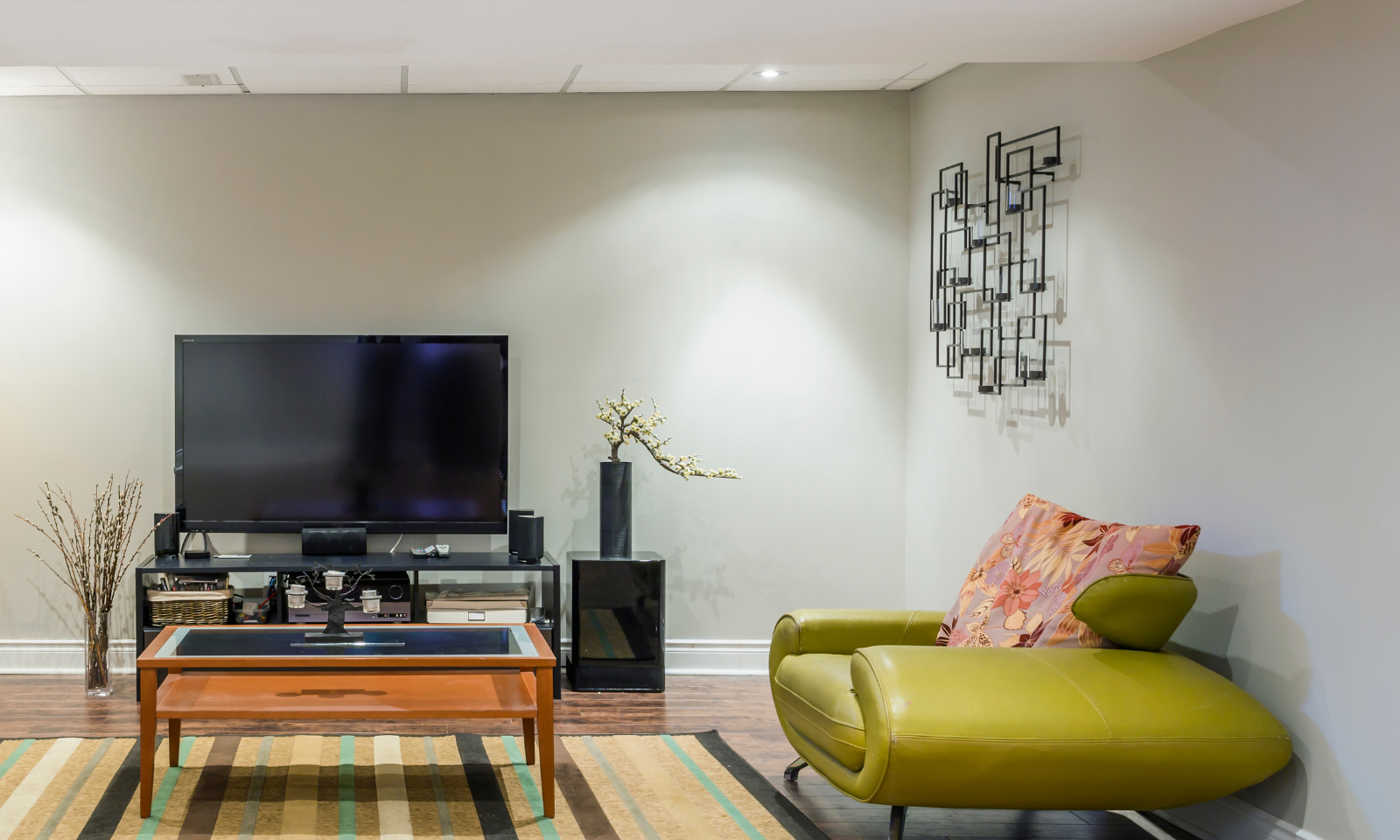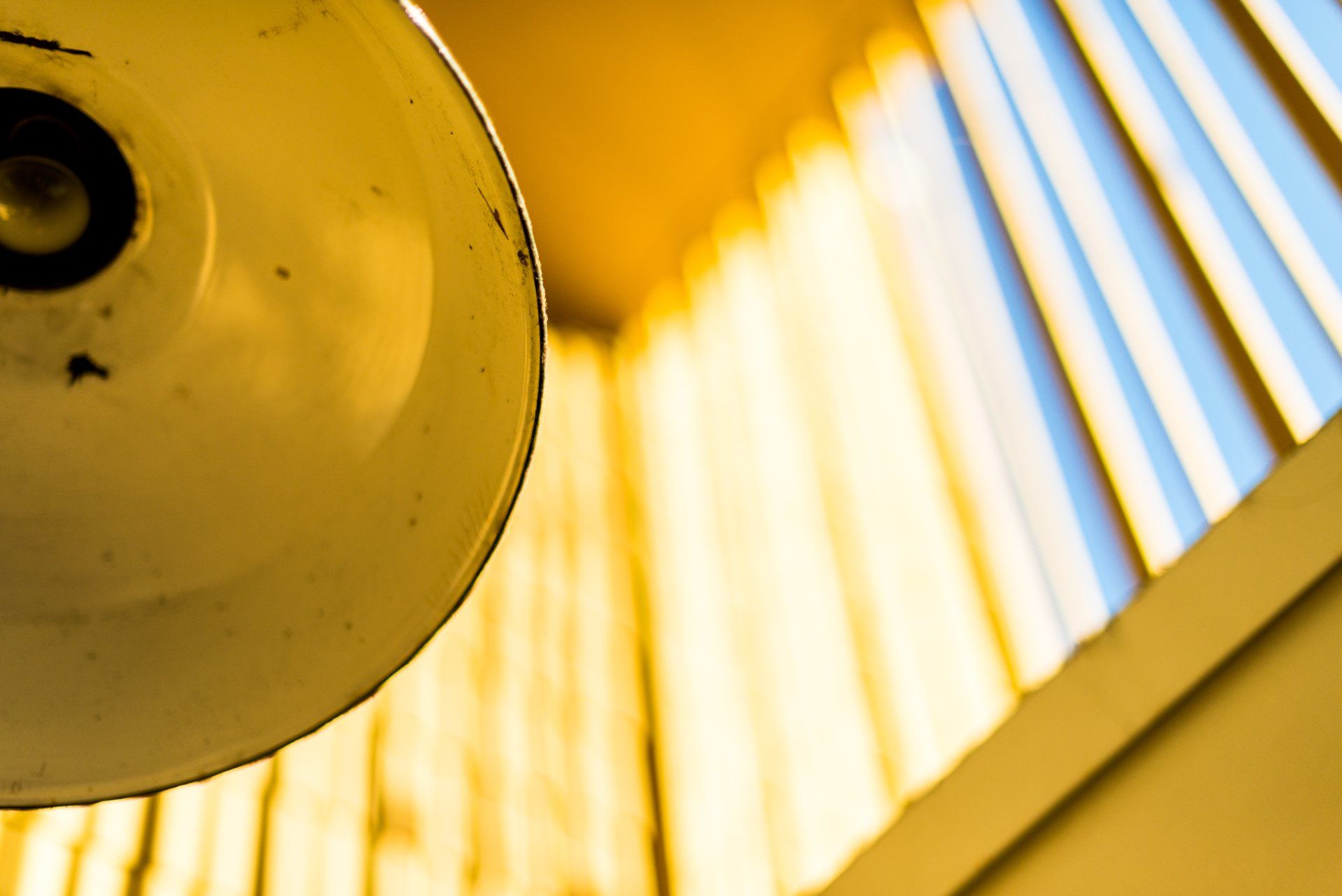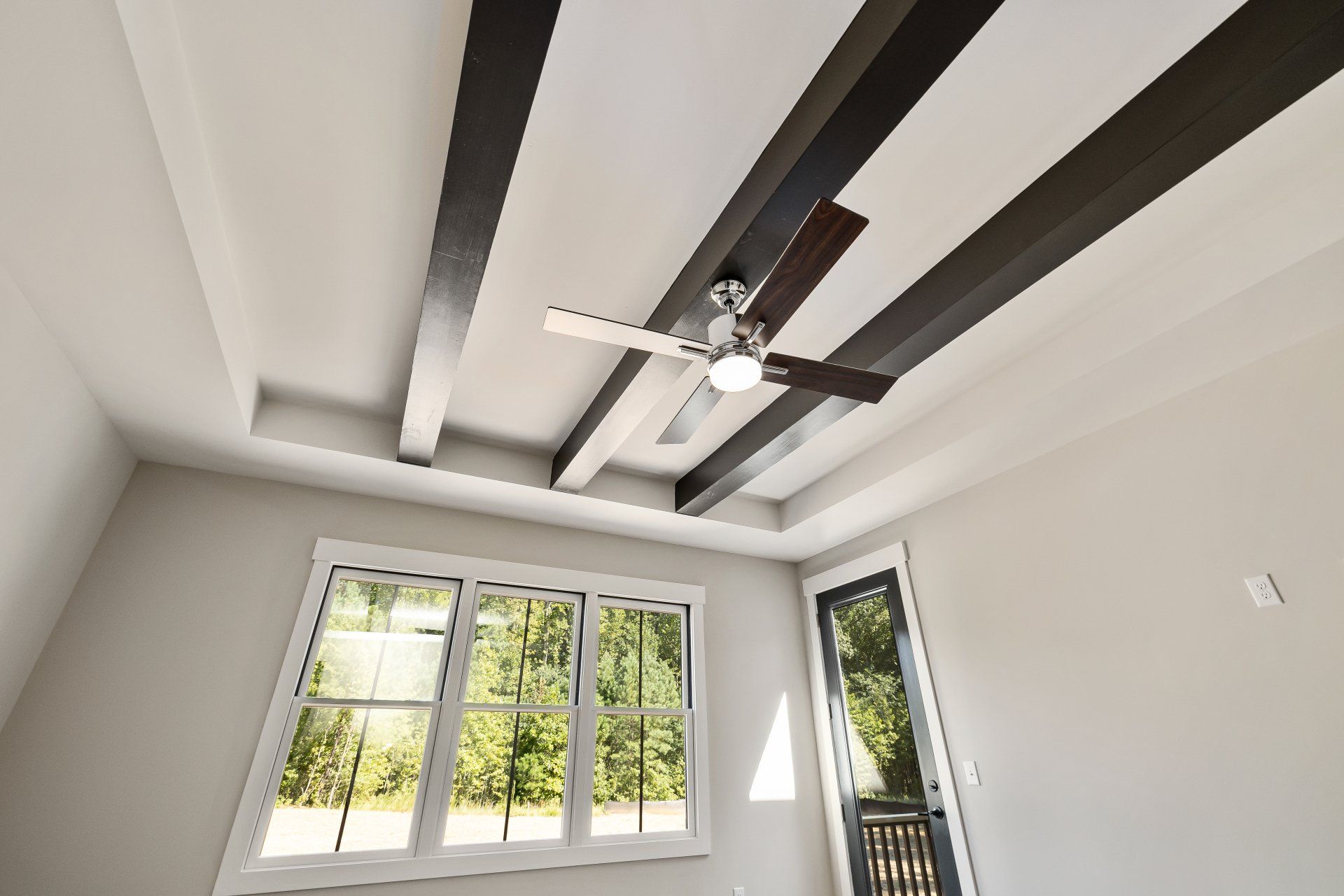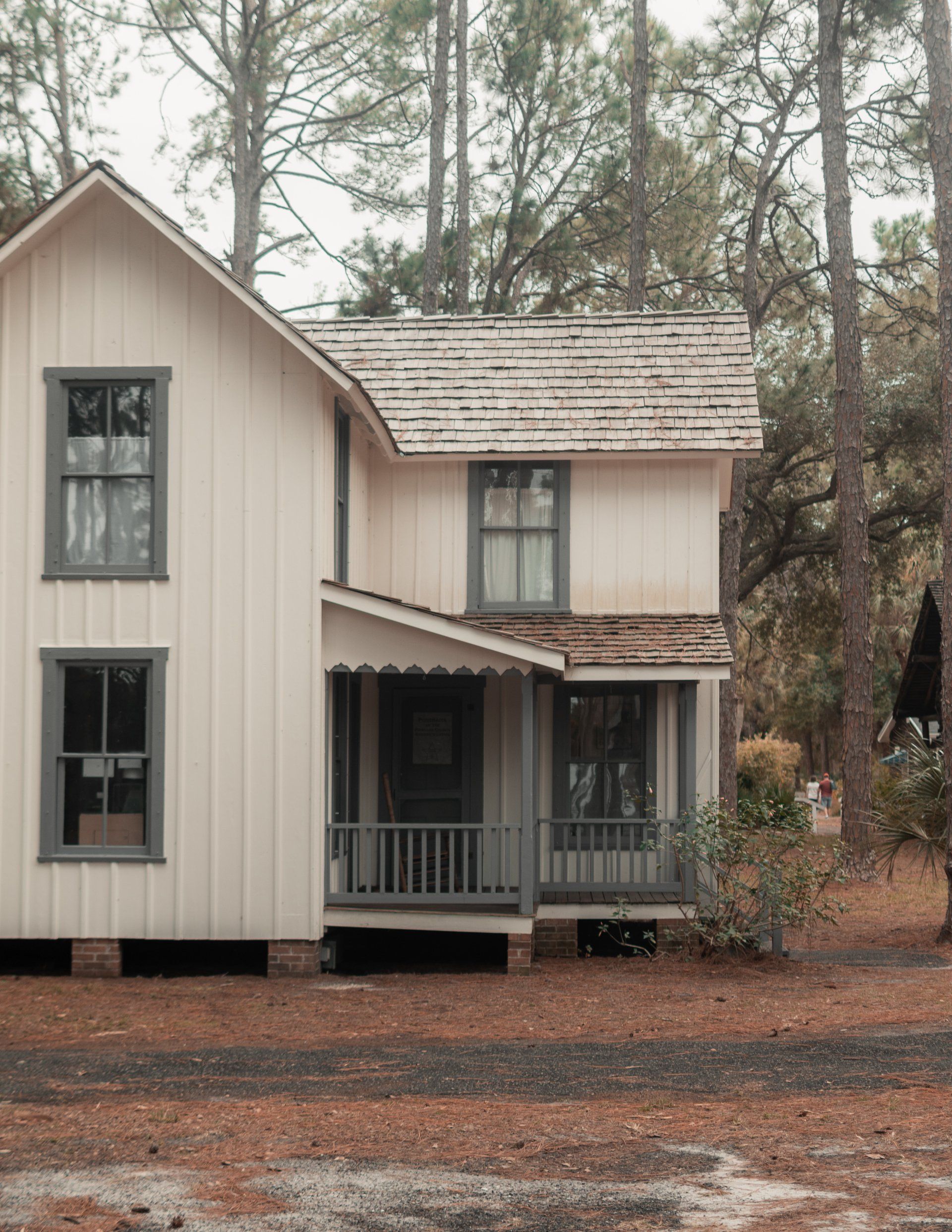How To Prevent Mold In The Basement
How To Prevent Mold In The Basement
Basement mold is a more frequent issue for homeowners around the world, especially in Canada and United States. This shouldn't come as a surprise at all, as the fungi of every kind comprise over 25% of the earth's biomass. They're tough survivors, and that's why many homeowners are in a bind regarding how to prevent mold. It's not straightforward to achieve!
However, there are severe consequences for an unclean basement. Spores can affect a home's inhabitants in many ways, such as symptoms of colds, allergies, and even breathing discomfort. While many people believe that mold growth in basements is just confined to the basement air; however, the reality is much more disturbing due to the natural flow of air that is a part of all homes. The stale air that is in your basement eventually is able to circulate throughout the rest of the home.
Common Causes Of Mold In The Basement
Mold can be a menace. Similar to death and taxes, a tiny bit of mold is a normal part of life. It'll happen in one way or the other. However, there are some fundamental factors that can contribute to an out of control growth.
The growth of mold can occur wherever organic substances are present. However, generally speaking, mold requires a few elements to develop. The most important of these are food sources that must be organic. For the house, the word "organic" typically is wood, drywall, or cotton. The process also requires some warmth, some light, and a bit of moisture and oxygen. This is why it's usually a good idea to say that the presence of water inside your home is not a good thing.
- Humidity
- Leaky Pipes
- Bad Basement Insulation
Solutions To Solve Basement Mold
KEEP PLANTS OUT OF YOUR BASEMENT
As we've said, the issue of excess water can ruin the health of a basement. Most houseplants, because they require water to live, will cause issues in this respect. While there are some species that are known to not produce any amount of water, in general, they release moisture into the air through the pores of the leaves (called the stomata).
AVOID BASEMENT CARPETS
A lot (if not all) basements do not have a Vapour barrier beneath their floors, and they constantly evaporate a good amount of water into the air over them. This is bad enough for the basement; however, the presence of a carpet can make the situation worse by trapping this water in a dark and warm cocoon. It is best to avoid this gimmick whenever possible.
DITCH THE WOOD FLOORING
In the majority of basements, it's too many moisture levels for a floor made of wood to be practical. Installing wood floors is similar to serving an unending meal to any potential bacteria seeking to flourish in the damp dark.
CHECK DRYER VENT
Be sure that the vent in your dryer's vent is open to release air out.
CHECK THE BASEMENT PLUMBING
It's vital to ensure that sinks, tubs, and any other plumbing are properly sealed. Plumbing in basements may be a bit untidy when it is compared to all the other plumbing in your home. This makes it even more important to be on guard in regards to sealing.
REPAIR LEAKS AS SOON AS POSSIBLE
The water that enters your basement comes through a variety of channels: Groundwater is pushed against the sides of your foundation. Water is absorbed through the floor, and the most important thing you want is for a leak to end up creating more water for the problem.
